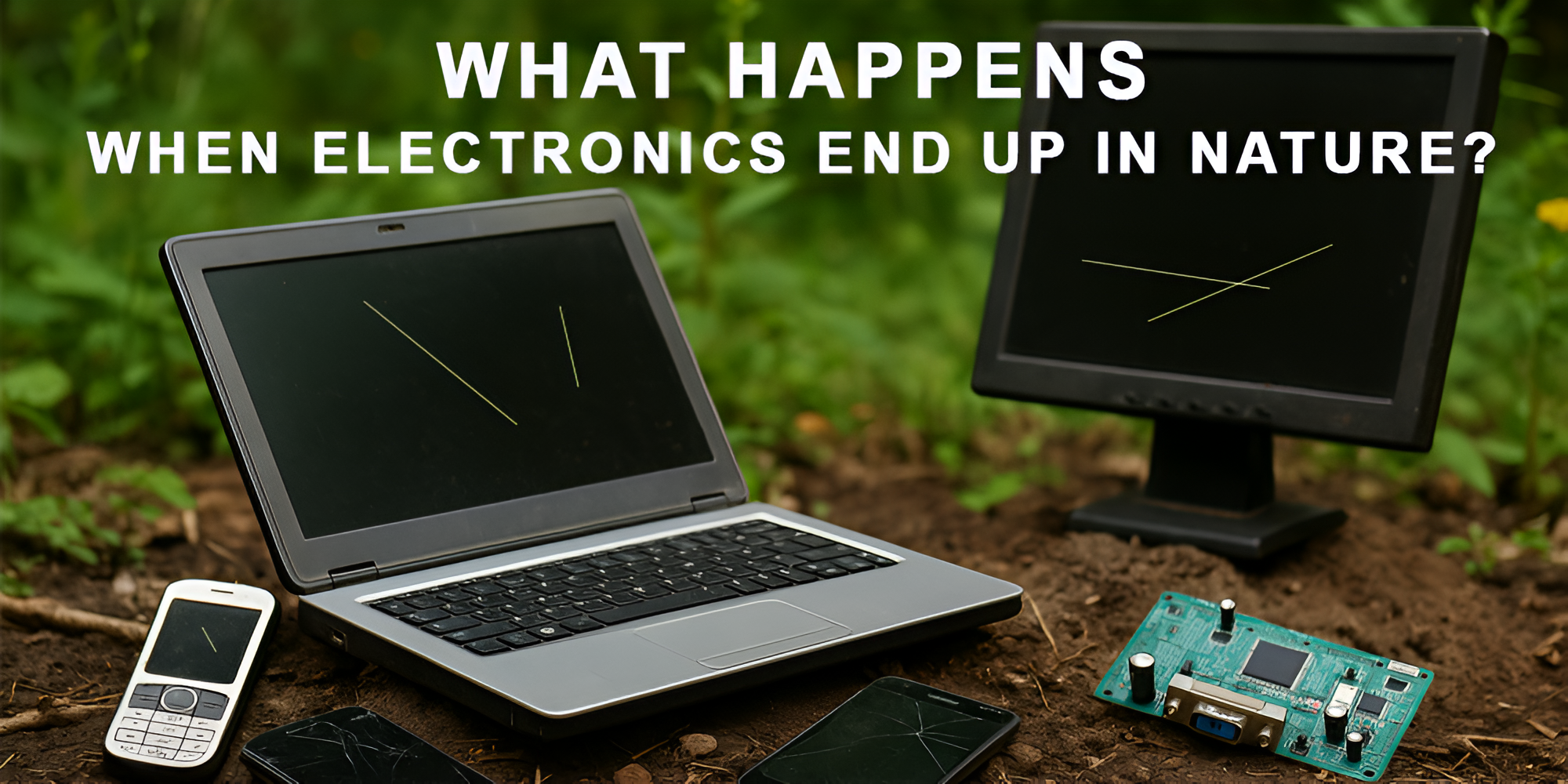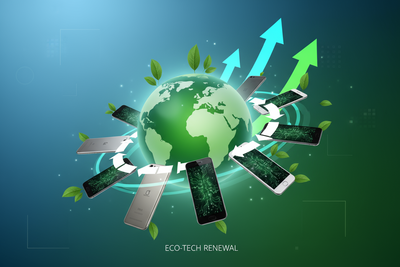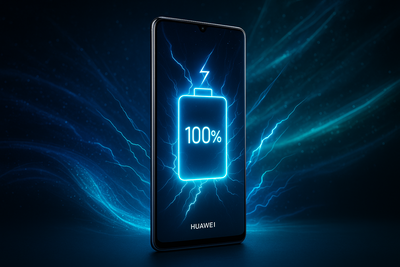Introduction
People usually remain in different to giving away that old phone, broken tab, or outdated laptop. But have you ever thought about where these devices head at nature? E-waste is among the fastest-growing types of waste worldwide. When E-waste is disposed of in an unsafe manner, such dispensation creates untold harm to the environment. It pollutes water, air, and soil. Hence a strong emphasis on sustainable waste management. It's imperative that we understand what happens to E-waste when left in nature and how sustainable waste management practices could help.
How E-Waste Pollutes Soil and Water
E-waste in the landfill begins to break down since sometimes and metals, such as lead, mercury, and cadmium, become old electronics. They are all very toxic. When it rains, the water percolates down through the landfill carrying these heavy metals along to pollute the soil. This heavy metal contamination of soil is called leaching. The leached soils cannot grow crops well due to contamination. Water pollution occurs alongside soil contamination. Animals and humans who drink polluted water soon fall sick. This is also another reason why E-waste management fits within the broader concept of sustainable waste management. It means keeping these harmful materials from nature through sustainable waste disposal, which will protect soil and water bodies from E-waste pollution.
The Air Pollution Caused by Burning E-Waste
In a place, E-waste may be burnt to get metals like copper. Burning electronics give out poisonous gases. These gases can harm so much; they harm people and the Earth. Smoke containing dioxin and certain other toxic chemicals comes out into the atmosphere. These pollutants can trigger respiratory problems or cancers and many other diseases. The poor-communities suffer the most because of this pollution. Sustainable waste-management intends for safe recycling and not burning. Proper recycling of E-waste does not pollute the air. Through sustainable waste methods, the poisonous smoke that emanates from E-waste burning can be prevented. For this reason, E-waste recycling is better than leaving it for nature.
Wildlife is Also Affected by Electronic Waste
Geared with some release of E-waste left in nature, it competes against nature. Birds and animals may perceive smaller parts as food. Taking those parts in will puke or kill them. Toxic metals of E-waste also enter into plants and water sources that wildlife use-aggravating the entire food chain. To honor wildlife, there must be a sustainable way of waste disposal that urges E-waste away from forests, rivers, and oceans. That way, animals will not be vulnerable from electronics dropped in nature given proper sustainable waste systems. That in itself may help save endangered species through further reduction in E-waste.
Long-Term Damage to Ecosystems
The environmental impact of electronic waste remains for a very long time. Electronics, once purchased, do not dissolve quickly. A mobile phone thrown away in a forest would take hundreds of years to vanish into thin air. In the process, toxic metals supervise, leaching chemicals in insult into the environment. It is a very slow act of destruction, affecting many plants, animals, and persons. Sustainable waste management measures try to stop this long-term harm. Recycling and safe disposal ensure E-waste is not released into nature, thereby staying there for years. Our ecosystems would thus be saved from this ever-intensifying threat of E-waste with better sustainable waste disposal facilities.
How E-Waste Affects Human Health
The E-waste dumpsites, being highly polluted, expose the neighboring populace to toxic chemicals. A child or an adult working to handle E-waste without any protective shields gets greatly ill. They develop brain-related issues, lung diseases, and sometimes even cancer. Inhaling levels of dust from broken electronics is highly detrimental. Sustainable handling of waste cuts down on these risks to health. The proper recycling centers process E-waste through machinery and gear that ensure safe usage of the E-waste; these centers fall in the chain of sustainable waste collection. These centers protect the health of the agencies and mitigate the dangers that E-waste pose to nature.
-
Toxic Exposure: E-waste contains harmful materials like lead, mercury, and cadmium that damage the brain, kidneys, and liver.
-
Breathing Problems: Burning E-waste releases toxic fumes that can cause asthma, lung infections, and breathing difficulties.
-
Cancer Risk: Long-term contact with E-waste chemicals increases the risk of developing various types of cancer.
-
Skin and Eye Irritation: Handling broken electronics without protection can lead to rashes, burns, and eye damage.
- Child Health Issues: Children exposed to E-waste may suffer from slow brain development, learning issues, and weak immunity.
Why Sustainable Waste Management Matters
Sustainable waste management implies ways that are beneficial to nature and human health. These include recycling, reusing, and reduction of E-waste. Instead of dumping unwanted devices into the garbage, one can hand them over to special collection centers. These centers follow sustainable waste rules that ensure the parts are recycled safely. In reducing E-waste, we save natural resources such as copper, gold, and silver, which could be recycled later to manufacture new electronics. Sustainable waste options are better for creating jobs. It is a win-win for the environment and the economy. Hence, it is still imperative to undertake sustainable waste management.
Recycling Electronics the Right Way
Recycling E-waste right is crucial. Not all recycling is safe. There are places with cheap ways that harm their workers and the environment. We must take our old equipment to certified recyclers who comply with laws protecting both mankind and the environment. Effective sustainable waste programs hold awareness sessions about E-waste disposal; they also install collection bins in schools, malls, and offices. They thus bring sustainable waste management to the community level. A joint effort from all quarters can hugely lessen E-waste in nature.
-
Use certified recyclers: Always recycle with trusted, certified e-waste shops like Fonezone.
-
Avoid unsafe recycling: Cheap, unsafe methods harm people and nature.
-
Find collection points: Use e-waste bins in schools, malls, or offices.
-
Follow local guidelines: Check your city’s rules for proper e-waste disposal.
-
Educate others: Spread awareness about safe and sustainable waste practices.
-
Choose eco-friendly brands: Support companies with recycling programs.
-
Keep data safe: Erase all personal data before recycling devices.
- Donate if possible: Working devices can be reused by others.
What You Can Do to Help
E-waste can be kept out of the environment by following simple activities. Firstly, never dispose of any electronics in the trash. Use any recycling program near you. Second, try to buy fewer items. Go for quality products that will last longer. Third, donate any usable equipment to others for re-use. Re-using is another sustainable way of handling waste. Fourth, patronize brands that are working toward recycling and minimizing E-waste. Many companies have emerged with the take-back offers. Finally, discuss with your friends and family the problems caused by E-waste. Awareness spreading is the best thing toward a sustainable waste future.
Conclusion: Time to Take Action Against E-Waste
E-waste in nature is a big problem. It is polluting our soils, waters, and air; it is also transforming and menacing life and health. But we can prevent such things. If we apply sustainable waste practices, we can save the planet. Recycling, reducing, and reusing electronics is the way to go. Everybody is responsible. Companies, governments, and citizens should join hands. What we do to E-waste today will shape what happens tomorrow. So, we should all try to support sustainable waste practices to make the environment safer and cleaner.
Frequently Asked Questions (FAQs)
Q.1. What is E-waste?
E-waste means old or broken electronic items like phones, tabs, laptops and computers.
Q.2. Why is E-waste dangerous in nature?
E-waste contains toxic materials that pollute soil, water, and air.
Q.3. How does E-waste affect human health?
It can cause lung problems, brain damage, and even cancer.
Q.4. What is sustainable waste management?
It means reducing, reusing, and recycling waste in a safe and eco-friendly way.
Q5. How can I recycle my old electronics?
Take them to certified recycling shops like Fonezone or use company take-back programs.






















